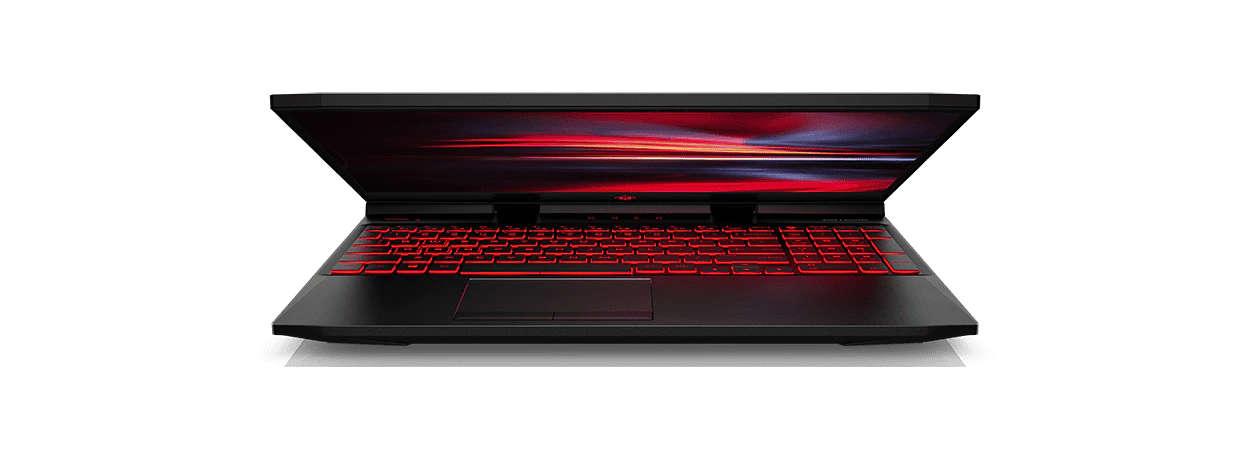Thank you for visiting the HONG KONG HP Store
-
Contact Us
CONTACT USChat with us
- Sales
- 85264507529(WhatsApp)
-

- Post Sales
- 85230016720(WhatsApp)
Mon-Fri 8.30am - 5.30pm
(exc. Public Holidays)
Live product demo
Store finder Locate our stores - Location
- My Account
Setting Up Payment Options for your Small Business


The online economy is seeing massive growth, with global digital shopping revenue growing 71% in Q2 of 2020 compared to 2019 – an unprecedented jump! Those numbers also reflect that more customers are showing increased intent, meaning they’re completing the checkout process in the same session as they browse.
It's more important than ever for businesses to be equipped to accept customer funds in as many forms as possible. Even if you only sell via your brick-and-mortar retail shop, digital payment options are crucial to success.
Here’s what you should know about small business payment options used by retailers today.
Small business payment options
There are four main categories of business payment options:
1. POINT-OF-SALE (POS) SYSTEM


Most often used in a customer-facing situation, such as in a retail store or at a food truck, this system allows purchasers to pay in person at the time of sale, usually with a credit card. More advanced systems may also allow for cash or check, and almost all of the modern options track inventory and provide analytics reporting.
POS systems can be simple, using just a mobile device and an app, or they may have several interconnected components, such as a display, receipt printer, and barcode scanner. The HP Engage One Prime is an example of a POS system that you can customize and expand as needed. POS systems can also work alongside some of the other payment solutions below, so you don’t have to limit yourself to just one.
2. VIRTUAL TERMINAL
If you’ve ever ordered takeout and provided your credit card information over the phone, you’ve probably enjoyed virtual terminal technology. With this method, the buyer and the payment method don’t need to be present where the payment is processed.
Because it is done virtually, retailers may require additional verification methods to ensure that a charge is authorized, such as the three-digit CVV (card verification value) code on the back of a card. Retailers that use a POS system in-store may rely on virtual terminals when working outside of the store, such as when sales reps take orders from the road or if a client calls in a purchase outside of regular business hours.
3. ONLINE PAYMENT GATEWAY


Both POS systems and virtual terminals need you, or someone at your business, to approve and complete the transaction. This may limit you to making sales during store hours. If you are looking for a 24/7 sales option, an online payment gateway may be a better choice. This technology works best on websites and apps.
Once a purchase is made and completed by the customer, you’ll receive a notification to fulfill the order. For products such as digital products, it’s possible for you not to interact with the sales and fulfillment process at all. Instead, an online payment gateway purchase can trigger an automated service to begin the delivery process via email at the moment of purchase.
4. AUTOMATED CLEARING HOUSE (ACH)
Not everyone uses credit cards. For customers who feel more comfortable using debit cards for purchases, an automated clearing house (ACH) payment method is ideal. ACH payments don’t have to be your only option, which means you can use it alongside standard credit card payments.
This option is also a popular choice for subscription-based billing, such as monthly recurring purchases. When a customer sets up ACH payments, you’re reducing time spent issuing invoices and awaiting payment. It’s also ideal for increasing business cash flow.
Best small business payment services


One of the business industries seeing the most growth right now is payment services. Whether you accept payment by app, an online website, or your in-person POS system, you’re using at least one online payment service to help make your product or service more accessible.
While there are many more options than those listed below, these are some of the top solutions:
1. VENMO
Venmo is a top app for users under age 35. It lets users send and receive money without having a holding account. Its most notable characteristic is its social nature that lets users see what their friends are buying, sending, or receiving through a “feed.”
2. GOOGLE PAY
Users with a Google account can store their credit cards, loyalty card, and even gift card information safely within the app and then use the Google Pay function to check out at online retailers or with their phones at in-person shops. Customer payment data is never shared directly with the retailer.
3. STRIPE
Stripe is a popular option for pop-up shops and food trucks because it creates a POS-like experience from a smartphone. You can easily incorporate Stripe into a real POS system, however, and retailers enjoy that you can tweak or integrate the Stripe API with 100s of other apps, no coding experience needed.
4. SQUARE
Square is very similar to Stripe in that it can be an on-the-go or static payment solution. Square was one of the first to create a card-reading dongle for the smartphone so that anyone can accept payments.
5. PAYPAL
Almost everyone has heard of PayPal, which got much of its popularity as the payment of choice for sites like eBay and Etsy. It’s a payment service but also an account service, making it cheap and seamless to receive guaranteed payments from users who have cash already stored in their PayPal account.
6. WEPAY
Offering many of the same marketing and automation tools as the others on the list, WePay shines with its site integration that lets buyers stay on the retailer’s website to complete their transaction.
7. APPLE PAY
With Apple Pay, you can store all of your info for safe shopping. Retailers with touchless checkout can scan the phone screen directly to complete purchases at the register.
8. AUTHORIZE.NET
The oldest and most-established small business payment processing option on our list, Authorize.Net works with other payment providers to give you incredible flexibility for ecommerce and in-person purchases.
9. AMAZON PAY
With Amazon Pay, payments are primarily done at Amazon-owned sites and the service allows customers to use their Amazon login to initiate transactions. It has expanded as a payment service for non-Amazon brands, though, and often incorporates purchase rewards and discounts if consumers finance their buying with the Amazon-branded credit card or credit accounts.
10. INTUIT / QUICKBOOKS
QuickBooks was once a payment option for service-based businesses who wanted easy invoicing, but it’s evolved to be more consumer-focused. The Intuit GoPayment credit card processor is a fast-growing solution for accepting payments anywhere. Plus, the purchase data imports seamlessly into QuickBooks business records and reporting.
Your final choice may come down to the app your customers are familiar with or the one that works best with your business model. Some third-party marketplaces, for example, enable some solutions for you. If you host your own ecommerce website, you could have more flexibility, but even the more popular providers may have limits.
Getting started with small business payments


Are you ready to get started processing payments? The good news is that the most difficult part is choosing a solution. Once you decide if you want to do your own payment processing or join one of the above solutions, you’ll have many factors to compare between providers. Consider asking yourself some of the following questions:
• How will I handle sales tax collection? Do I want my provider to do that for me?
• What are the fees involved? What is the per-transaction fee versus the percentage commission on the total purchase?
• How will disputes, fraud, and chargebacks be applied? What is the cost of these, and how will I resolve them?
• Are purchases easily recorded for inventory and ordering purposes? How much integration can I expect from my provider?
If you use your own payment processing option, there is a considerable amount of setup, including getting a server, putting SSL protections into place, and coordinating with the individual credit card issuers.
Is it time to use a payment provider?
If you choose a payment solution listed above, the process is much easier, and you only need to get your documentation in order. Here’s some info you may need to provide when you sign up for a payment service:
• Physical location of the business: For tax and legal purposes
• A connected business account: For accepting payments, paying fees, and funding any chargebacks
• Name and contact info of a single business contact: For ongoing questions or clarifications from the payment provider/processor
One major advantage of most of the providers on our list is their excellent customer service. Plus, the more popular options have thriving, helpful small business communities for you to join. Chances are another business owner can answer some of your questions, saving you time trying to contact your rep.
You can also take a more hands-off approach by investing in a POS system because many of the features are designed for plug-and-play functionality, allowing you to do more of what’s important.
- Sales
- 85264507529(WhatsApp)
-

- Post Sales
- 85230016720(WhatsApp)
Mon-Fri 8.30am - 5.30pm
(exc. Public Holidays)
Live product demo








